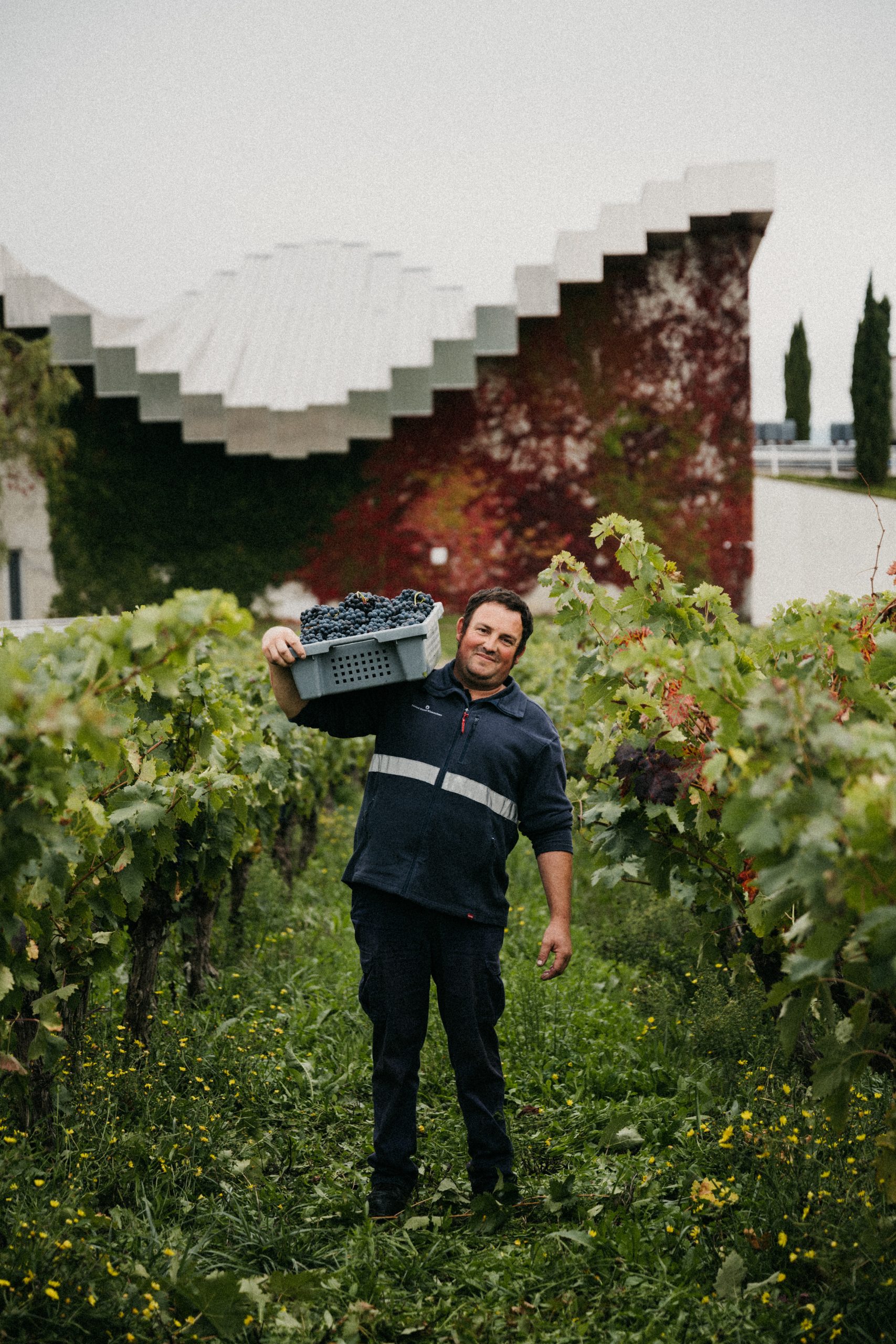Australia tasting highlights Italian potential
Wine Australia’s “Premium Australia tasting” threw a spotlight on the growing potential of Italian varieties in the country.
Head of Wine Australia UK, Laura Jewell MW, told the drinks business there had been a lot of positive comments surrounding the Italian varieties and they’d provided a framework to the wider tasting.
One of the day’s three forums was devoted to the rise of Italian grapes in Australia.
Hosted by Walter Speller, alongside the chance to taste eight wines from across Australia including Nero d’Avola from Barossa and McLaren Vale, Montepulciano from Riverland and Nebbiolo from the Yarra Valley, there was a discussion on the suitability and potential for these wines in Australia.
Speller explained his interest had been piqued on a recent visit where he’d been “extremely taken” not just by the quality of the wines but their clear “varietal characteristics” as well. Further surprised that few of the winemakers making Nero d’Avola, Sangiovese etc had even been to the Italian regions in question, he suggested there was a greater “terroir focus” and less pressure to conform to “Bordeaux formulas” as there is with the French varieties.
He spoke of Italian grapes’ natural “freshness” and heat resistance as advantages and from his own tasting experience commented: “it seems they were naturally adapted [to the Australian climate].”
He added this was not a “new” direction but predicted it would be of more interest “further down the line”.
“People are watching this niche,” he said.
Partner Content
David Gleave MW, head of Liberty Wines, agreed on this last point saying younger winemakers for some years had been aware that the Australian climate was more like Italy and Spain.
Nonetheless, simply planting these varieties doesn’t work either and the topic of careful clonal selection was raised briefly too.
Dave Fletcher, a “Nebbiolo-obsessed” Aussie winemaker spoke of how that variety was evolving in Italy but added that the “most outstanding thing” was the difference in tannic structure between Australian and Italian Nebbiolo, “it’s not the same as Monforte,” he said.
“Pay attention to the right clones and it’s a good starting point but there’s more to discover,” he added.
Speller also postulated that Australia taking slightly overlooked varieties like Montepulciano could reinvigorate them and put renew consumers’ interests in them as has happened with Riesling.




